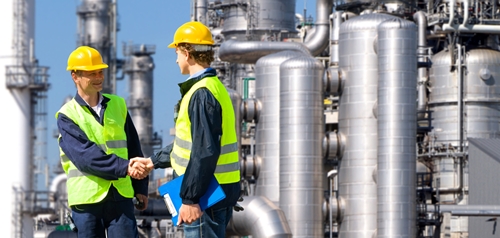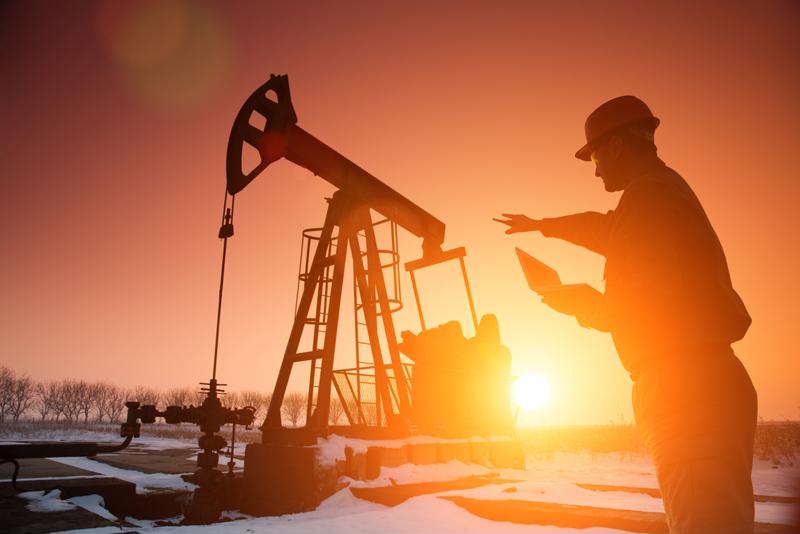
With the oil and gas production boom in major shale regions of the U.S., the surge in oil production is presenting companies with key challenges for worker safety and regulatory compliance.
In North Dakota's Bakken shale, oil production increased to 1.1 million barrels per day in August, up from 230,000 bpd in January 2010. With this jump in output, companies are considering what's the next step in enhancing worker protection.
North Dakota has opted to lower its flaring for natural gas to be more in line with other energy-producing states, The Wall Street Journal reported. Recently, the U.S. Energy Information Administration said North Dakota is inching toward achieving its reduction target for flared natural gas. The state expects to capture 90 percent of flared gas by 2020.
Since this flare reduction target is still in progress, oil and gas operators in the state will have to find improved ways to control and manage their flaring safely.

Here are four factors about flares that could affect worker health and safety:
"With this jump in output, companies are considering what's the next step in enhancing worker protection."
1. Emergency planning
Oil and gas companies operate flares to safely burn excess gases in facilities, as such it's important they invest in emergency planning and preparation to protect workers. Employers should have a plan of what to do in case flares are unable to function correctly. This includes how they may have to evacuate the facility in case of an equipment malfunction or the necessary personal protective equipment workers will have to don to guard against any harmful exposure.
2. Maintenance
During an emergency, flare systems will need to release gas through piping to flare stacks to relieve pressure in piping or equipment. However, employers may be unaware of potential problems with this equipment if they have not checked it recently. Since there is the risk of malfunction in flare and ignition systems at oil and gas facilities, employers should consider implementing regular maintenance and testing for these systems to ensure they are working properly. Flares that are not regularly checked may pose a greater danger to facilities as this could increase the chance of fires and explosions.
3. Ventilation
While companies may not expect workers to inhale gases emitted from flares, outside containments have a high likelihood of mixing with indoor air. The gases that are being burned may be toxic depending on the type of gas and concentration. Companies should assess whether the gases that are being burned are more dangerous in their combustion form. With the risk of poor indoor air quality resulting in negative health effects for workers, employers should consider improving their ventilation systems as well as installing air purification equipment in case there is a high concentration of hazardous gases in the workplace.
4. Noise
When flaring natural gas occurs, it often produces a loud noise. Employees who work near flares may be at risk for hearing loss or other auditory problems. According to the U.S. Occupational Safety and Health Administration, almost 125,000 members of the national workforce have reported serious or permanent hearing loss since 2004. Employers could provide their workers with hearing protection like ear muffs or plugs to prevent loud noises from affecting their hearing.








